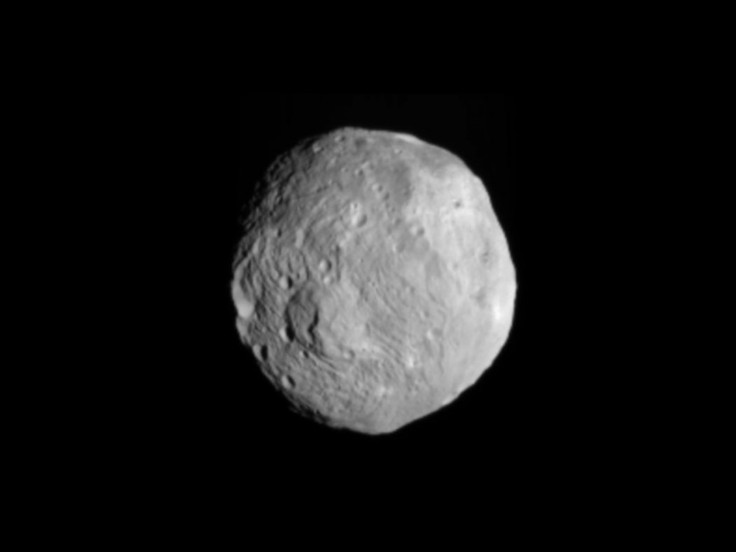NASA's Greatest Challenge: Sending Astronauts to an Asteroid

NASA has embraced a presidential directive to plant astronauts on an asteroid, a mission that officials say represents the most ambitious yet for the space agency.
Last year, President Barack Obama laid out a vision for NASA's future that involved landing on an asteroid by 2025, something he described as a stepping stone to propelling astronauts to Mars.
"By the mid-2030s I believe we can send humans to orbit Mars and return them safely to Earth," Obama said. "And a landing on Mars will follow, and I expect to be around to see it."
Now that NASA has officially terminated its shuttle program, the asteroid initiative has become a central piece of its space exploration efforts. But is also represents a feat of technical prowess so far unparalleled in NASA's history -- NASA Administrator Charles Bolden called it "the hardest thing we can do," and Kent Joosten, chief architect of the human exploration team at Johnson Space Center, called it a 'Star Trek' kind of thing."
"This is a risky mission. It's a challenging mission," said NASA chief technology officer Bobby Braun. "It's the kind of mission that engineers will eat up."
The lack of gravity on an asteroid raises the risk of astronauts ricocheting off, leading engineers to weigh the possibility of astronauts floating just above an asteroid with jetpacks, or while to tethered to a smaller ship. The ship transporting astronauts there would also need to be able to accommodate a mission that would last about half a year.
Landing on an asteroid could have several benefits. It would partially lay the foundation for a Mars mission -- MIT astronautics professor Ed Crawley noted that "if humans can't make it to near-Earth objects, they can't make it to Mars." It could also provide clues about the Solar System's nascent years, because asteroids are seen as a byproduct of planets forming.
Then there is the scenario envisioned in disaster movies like Armageddon. Giant asteroids have struck the earth every several hundred thousand years, including the six-mile wide one believed to have obliterated the dinosaurs, and NASA is currently tracking more than a thousand potentially dangerous asteroids. So the ability to land on one, or get near enough to alter its course, "would demonstrate once and for all that we're smarter than the dinosaurs and can avoid what they didn't," said White House science adviser John Holdren.
© Copyright IBTimes 2024. All rights reserved.





















